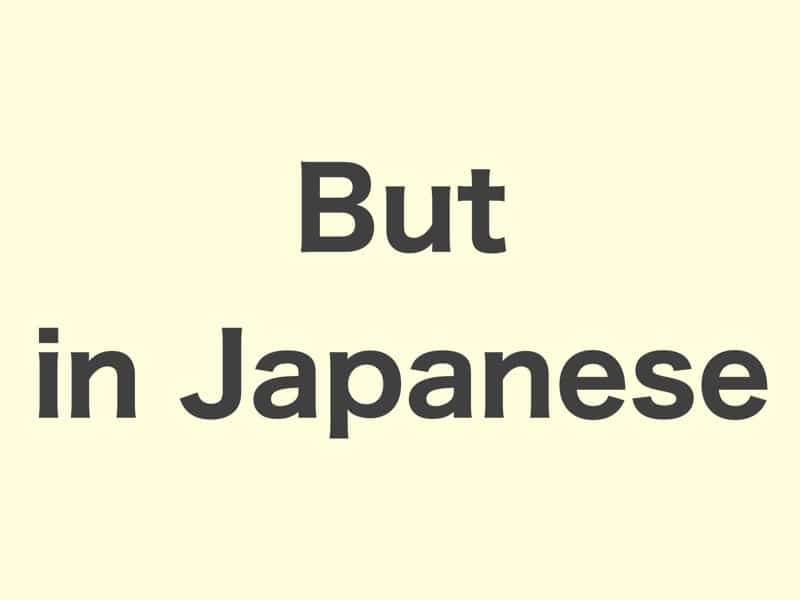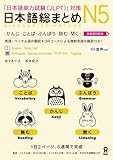In Japanese, the word “but” can be expressed in several ways, each with its own nuance and usage. Understanding how to use “but” effectively can greatly improve your conversational skills and comprehension.
JLPT Textbook Recommendations
Separate Sentences
Use of “でも” (demo)
でも (demo) / だけど (dakedo): Casual ways to say “but.”
日本語は難しいです。でも、おもしろいです。
Hiragana: にほんごはむずかしいです。でも、おもしろいです。
Romaji: Nihongo wa muzukashii desu. Demo, omoshiroi desu.
English: Japanese is difficult. But it is interesting.
Use of “だけど” (dakedo)
でも (demo) / だけど (dakedo): Casual ways to say “but.”
日本語は難しいです。だけど、おもしろいです。
Hiragana: にほんごはむずかしいです。だけど、おもしろいです。
Romaji: Nihongo wa muzukashii desu. Dakedo, omoshiroi desu.
English: Japanese is difficult. But it is interesting.
Use of “しかし” (shikashi)
しかし (shikashi): A formal way to say “but,” often used in written language.
日本語は難しいです。しかし、おもしろいです。
Hiragana: にほんごはむずかしいです。しかし、おもしろいです。
Romaji: Nihongo wa muzukashii desu. Shikashi, omoshiroi desu.
English: “Japanese is difficult. However, it is interesting.”
One complete sentence
Use of “が” (ga)
“が” is a polite and formal way to express contrast, making it common in writing and formal speech.
日本語は難しいですが、面白いです。
Hiragana: にほんごはむずかしいですが、おもしろいです。
Romaji: Nihongo wa muzukashii desu ga, omoshiroi desu.
Translation: Japanese is difficult, but it is interesting.
Use of “けど” (kedo)
“けど” is more casual, perfect for everyday conversations and informal writing, allowing for a friendly tone.
日本語は難しい(です)けど、面白いです。
Hiragana: にほんごはむずかしい(です)けど、おもしろいです。
Romaji: Nihongo wa muzukashii (desu) kedo, omoshiroi desu.
Translation: Japanese is difficult, but it is interesting.
One Complete Sentence or Separate Sentences
For けれども (keredomo) and けれど (keredo), it could be one complete sentence or separate sentences.
Use of “けれども” (keredomo)
日本語は難しい(です)けれども、おもしろいです。
Hiragana: にほんごはむずかしい(です)けれども、おもしろいです。
Romaji: Nihongo wa muzukashii (desu) keredomo, omoshiroi desu.
English: “Japanese is difficult, but it is interesting.”
or
日本語は難しいです。けれども、おもしろいです。
Hiragana: にほんごはむずかしいです。けれども、おもしろいです。
Romaji: Nihongo wa muzukashii desu. Keredomo, omoshiroi desu.
English: “Japanese is difficult, but it is interesting.”
Use of “けれど” (keredo)
日本語は難しい(です)けれど、おもしろいです。
Hiragana: にほんごはむずかしい(です)けれど、おもしろいです。
Romaji: Nihongo wa muzukashii (desu) keredo, omoshiroi desu.
English: Japanese is difficult, but it is interesting.
or
日本語は難しいです。けれど、おもしろいです。
Hiragana: にほんごはむずかしいです。けれど、おもしろいです。
Romaji: Nihongo wa muzukashii desu. Keredo, omoshiroi desu.
English: Japanese is difficult, but it is interesting.




コメント